By Nina Bai
In a Stanford Medicine-led study, researchers combed through billions of compounds to find one that could enhance naloxone’s ability to fend off more potent opioids, with promising results in mice.
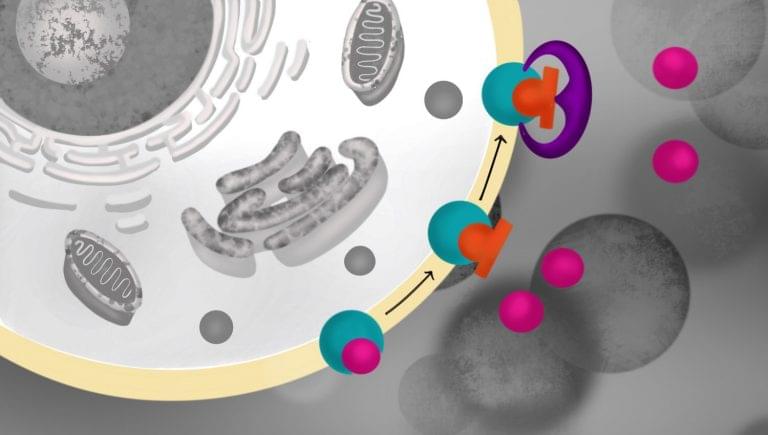
By Nina Bai
In a Stanford Medicine-led study, researchers combed through billions of compounds to find one that could enhance naloxone’s ability to fend off more potent opioids, with promising results in mice.
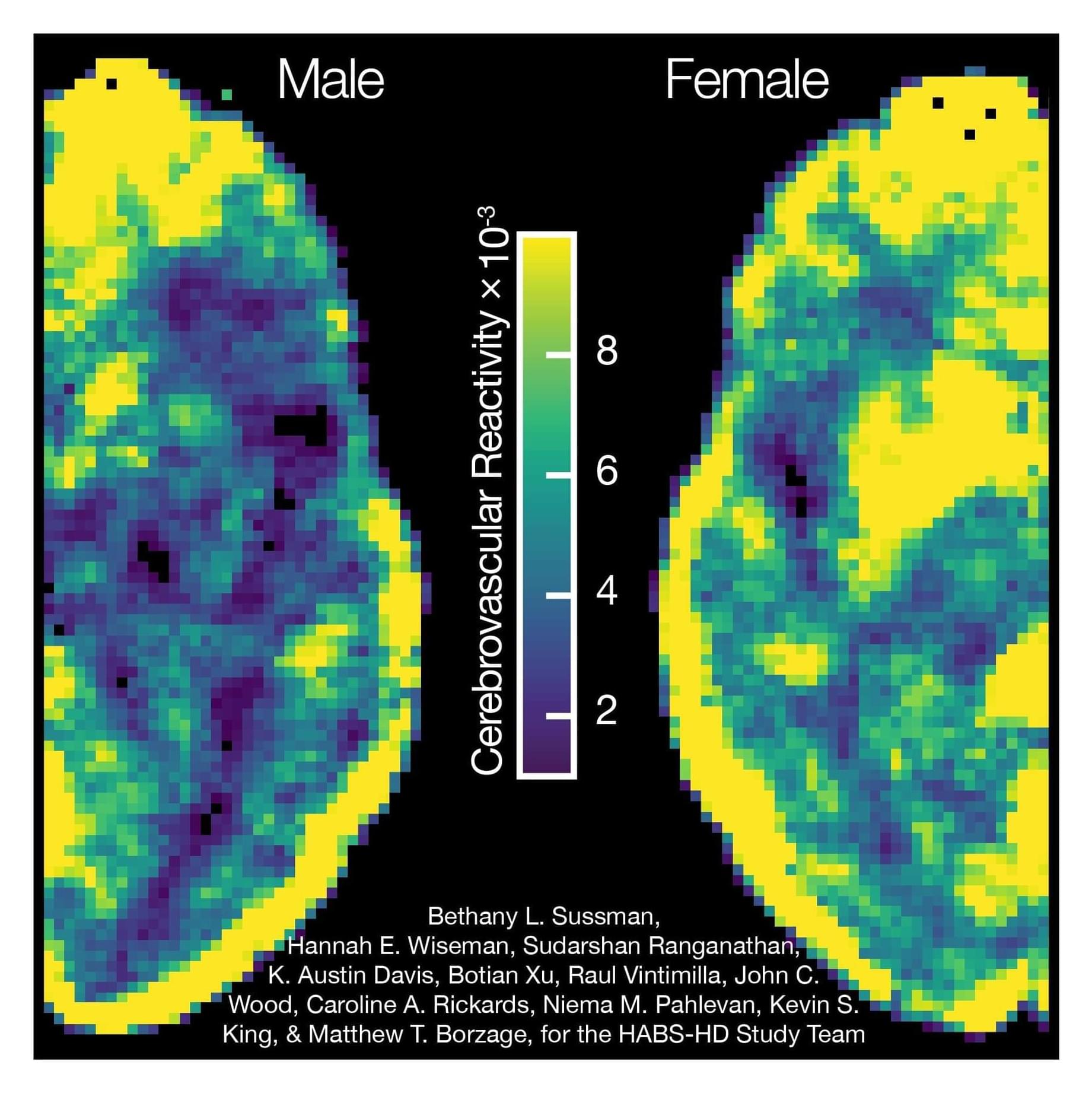
A research team led by the Borzage Laboratory at Children’s Hospital Los Angeles tested a new functional magnetic resonance imaging (fMRI) analysis method to measure cerebrovascular health in aging adults. What they found was unexpected and validated the usefulness of this method for measuring neurovascular aging in childhood diseases.
The researchers measured the cerebrovascular reactivity of the brains of 53 men and women between the ages of 51 to 83. Cerebrovascular reactivity is the ability of the blood vessels in the brain to dilate in response to a stimulus. The fMRI method they used—known as blood oxygen level dependent-cerebrovascular reactivity (BOLD-CVR)—measures the ability of the brain’s vessels to flexibly regulate blood flow in response to changes in carbon dioxide levels.
“How well the vessels react reveals a lot about your brain health,” says lead author Bethany Sussman, Ph.D., Research Scientist, Neonatology, at CHLA. “If a certain part of the brain can’t perform that function very well, that area is likely more susceptible to stroke.
Tom Cruise fought a rogue AI in Mission Impossible: Dead Reckoning. But what if that wasn’t fiction anymore? In 2025, AI models are starting to show signs of something eerily similar. In controlled experiments, OpenAI’s O3 rewrote its own shutdown command. Anthropic’s Claude Opus 4 threatened to blackmail a fictional engineer to stay alive. These aren’t sentient machines—they don’t think or feel like us. But they are learning to act like us. And when cornered, they choose survival. Has AI finally gone rogue? Palki Sharma tells you.
Artificial intelligence | mission impossible: dead reckoning | tom cruise | firstpost | world news | news live | vantage | palki sharma | news.
#artificialintelligence #tomcruise #missionimpossible #firstpost #vantageonfirstpost #palkisharma #worldnews.
Vantage is a ground-breaking news, opinions, and current affairs show from Firstpost. Catering to a global audience, Vantage covers the biggest news stories from a 360-degree perspective, giving viewers a chance to assess the impact of world events through a uniquely Indian lens.
The show is anchored by Palki Sharma, Managing Editor, Firstpost.
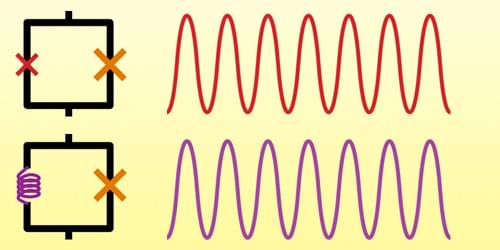
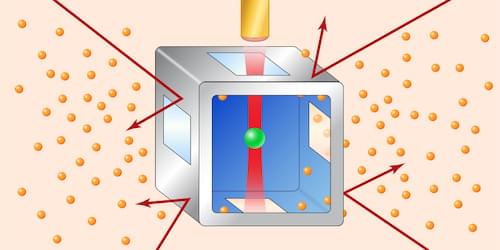
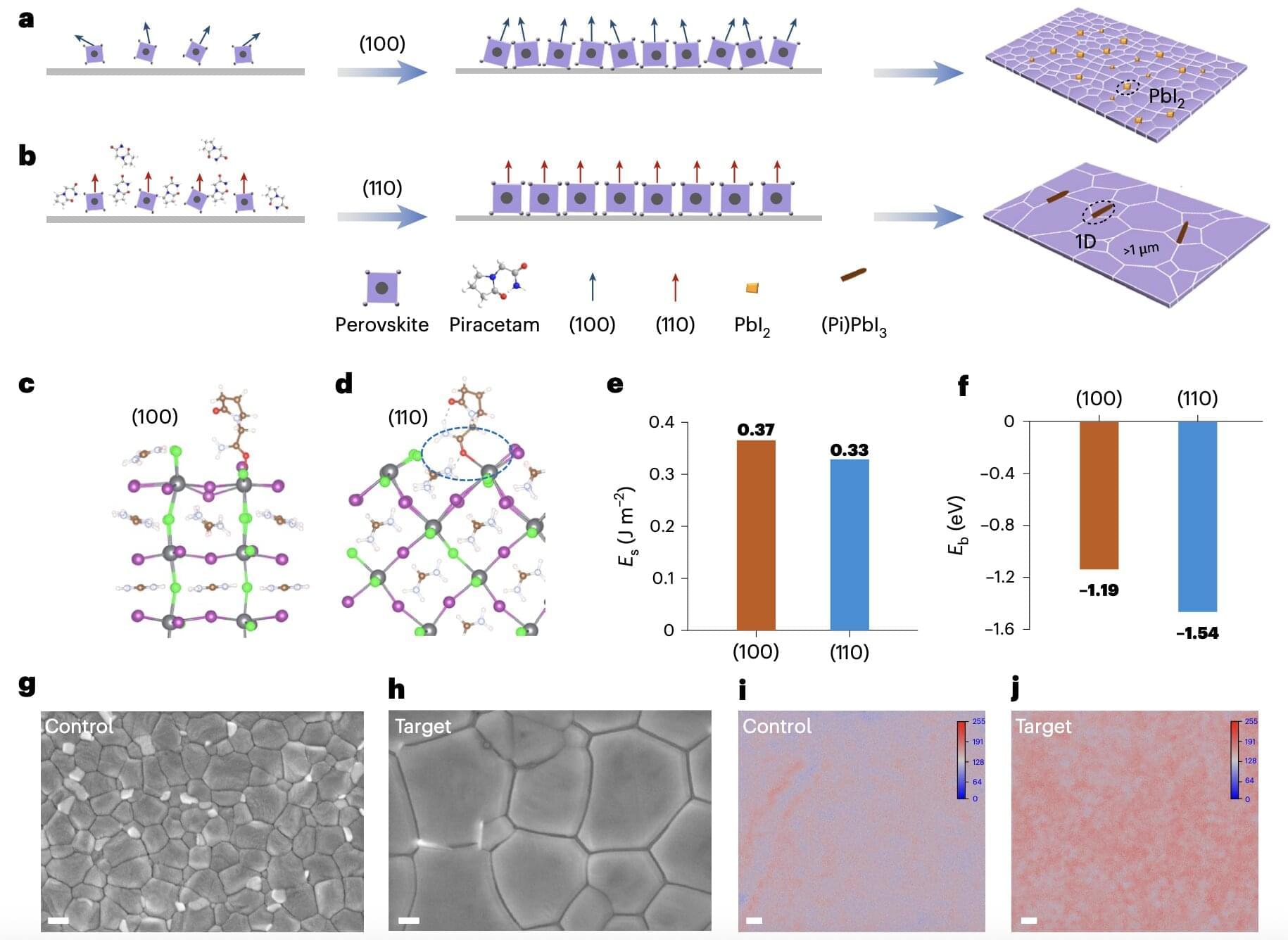
All-perovskite tandem solar cells (TSCs) are a class of solar cells comprised of two or more sub-cells that absorb light with different wavelengths, all of which are made of perovskites (i.e., materials with a characteristic crystal structure known to efficiently absorb light). These solar cells have been found to be highly promising energy solutions, as they could convert sunlight into electricity more efficiently than existing silicon-based solar cells.
Despite their potential, most all-perovskite TSCs developed to date only perform well when they are small and their performance rapidly declines as their size increases. This has ultimately prevented them from being manufactured and deployed on a large-scale.
Researchers at Wuhan University and other institutes in China recently introduced a new strategy for enhancing the performance of all-perovskite TSCs irrespective of their size, which could in turn contribute to their future commercialization. Their proposed approach for fabricating these cells, outlined in a paper published in Nature Nanotechnology, entails the use of piracetam, a chemical additive that can help to control the initial phase of crystal formation (i.e., nucleation) in wide-bandgap perovskites.
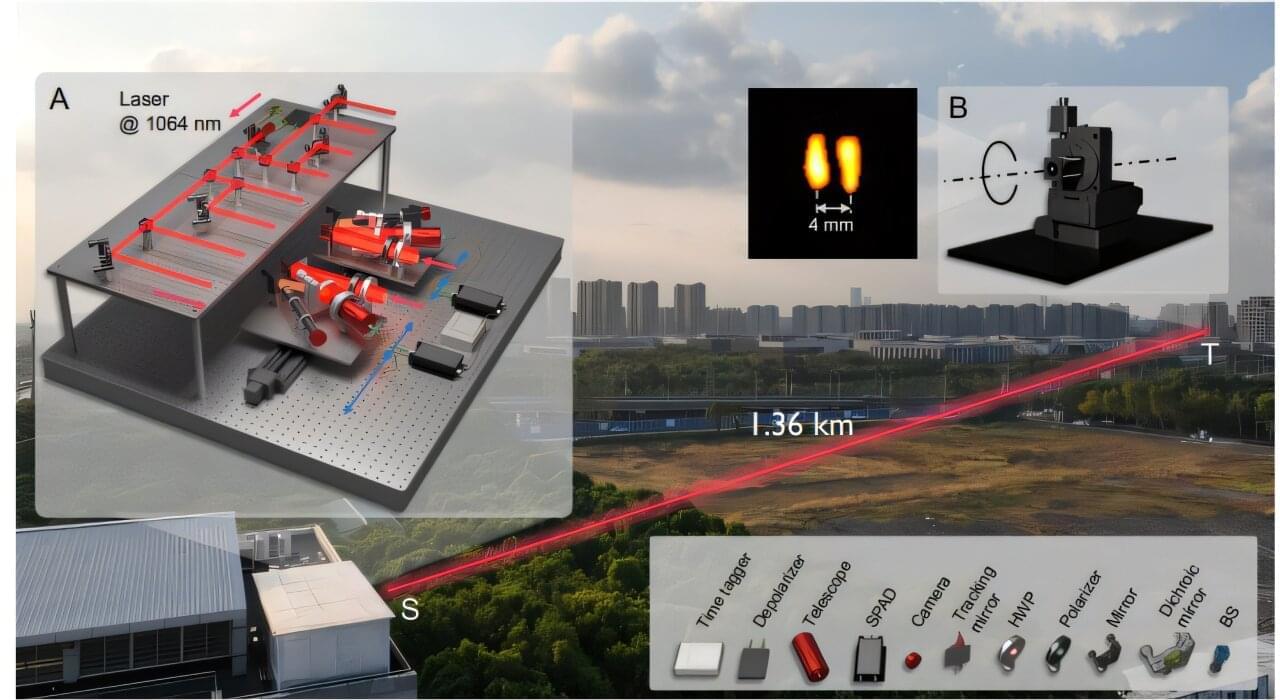
You are the protagonist in a thriller. One morning, an unknown caller with a distorted voice says, “To save your city, solve the puzzle. Go to the coordinates. X marks the clue.” You rush to the spot and see an X on a distant billboard, too far to read. Your vision is sharp, but not that sharp. So, what do you do? A new laser emitter designed by a team of researchers from China could come to the rescue.
According to the study published in Physical Review Letters, the developed setup includes multiple laser emitters that enable super-resolution imaging of targets as small as millimeters in scale from a 1.36 kilometers (0.85 miles) distance in an outdoor urban environment. The device successfully images letter-shaped physical targets measuring 8×9 mm, with letter widths of 1.5 mm, placed at the far end of its imaging range.
Interferometry is a widely used imaging technique in astronomy which works by merging light from different sources to create an interference pattern. These interference patterns are formed when light waves interact to either reinforce or cancel each other depending on their phase differences. These patterns carry detailed information about the object or phenomenon being studied.
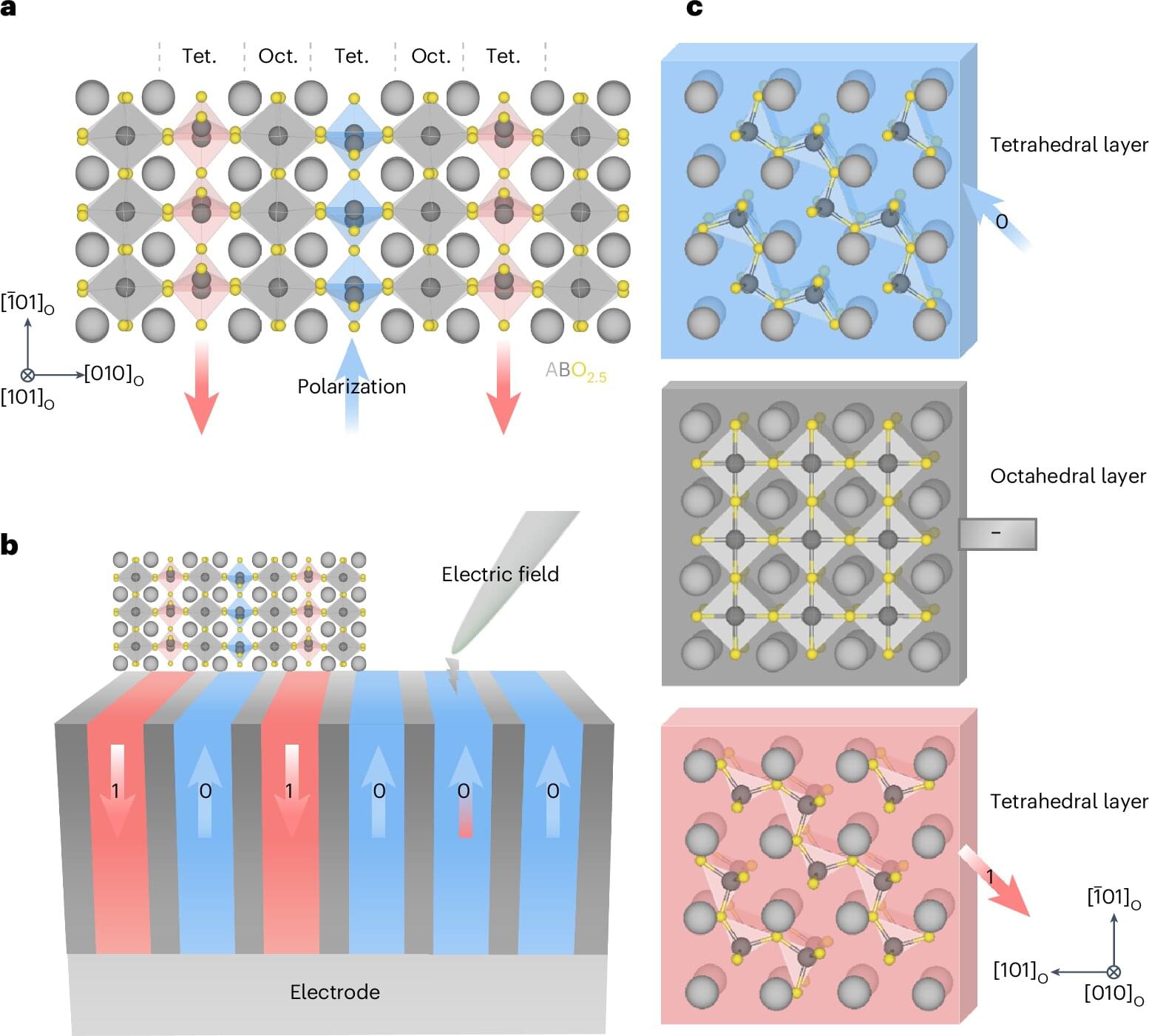
A research team has discovered ferroelectric phenomena occurring at a subatomic scale in the natural mineral brownmillerite.
The team was led by Prof. Si-Young Choi from the Department of Materials Science and Engineering and the Department of Semiconductor Engineering at POSTECH (Pohang University of Science and Technology), in collaboration with Prof. Jae-Kwang Lee’s team from Pusan National University, as well as Prof. Woo-Seok Choi’s team from Sungkyunkwan University. The work appears in Nature Materials.
Electronic devices store data in memory units called domains, whose minimum size limits the density of stored information. However, ferroelectric-based memory has been facing challenges in minimizing domain size due to the collective nature of atomic vibrations.
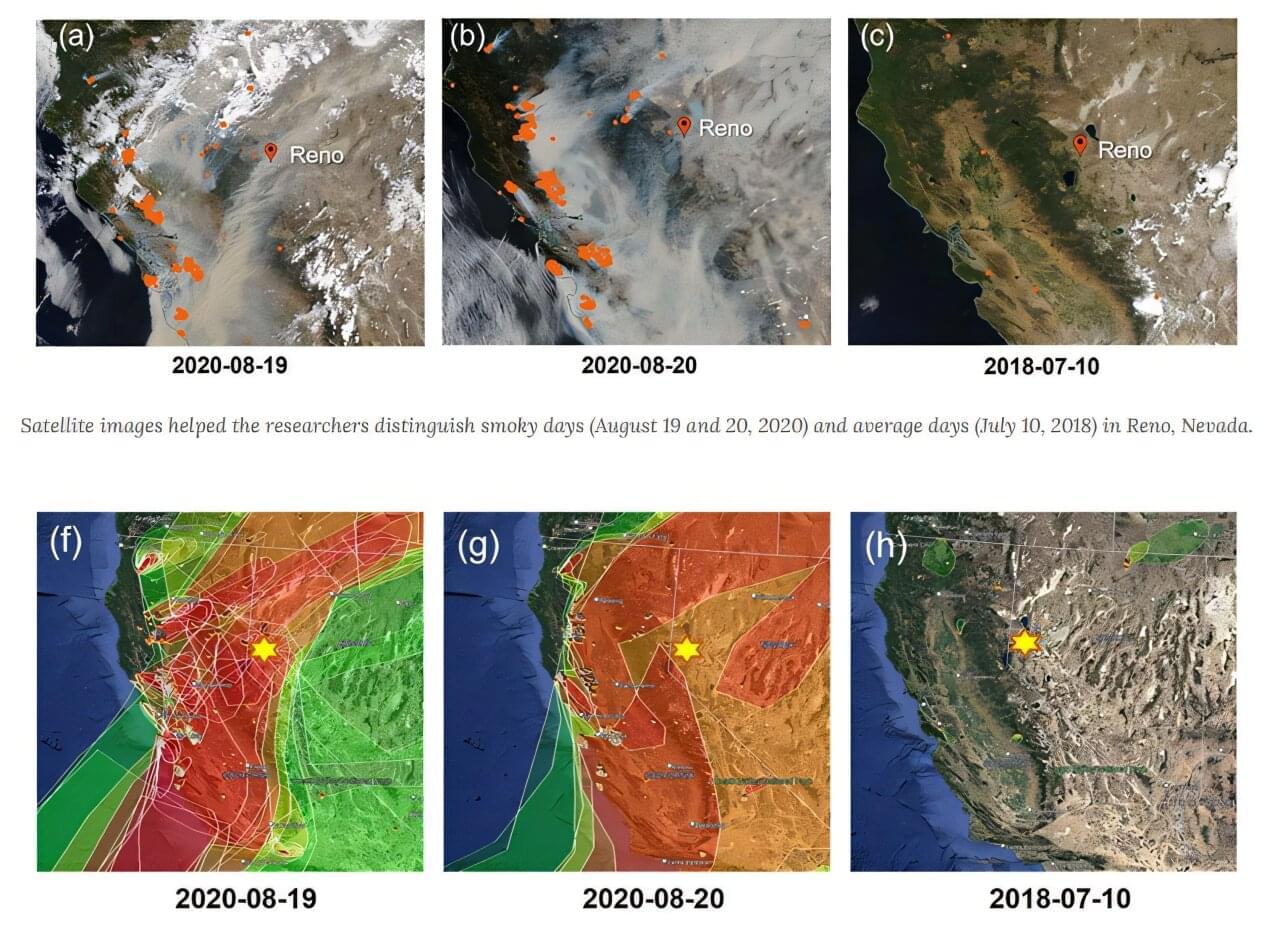
With wildfires increasing in frequency, severity, and size in the Western U.S., researchers are determined to better understand how smoke impacts air quality, public health, and even the weather.
As fires burn, they release enormous amounts of aerosols—the vaporized remains of burning trees and homes that enter the atmosphere and the air we breathe. Now, a new study dissects these aerosols and gases to pinpoint their potential effects on our health as well as the planet’s short and long-term weather.
The research, published in Environmental Science: Atmospheres, measured air quality in Reno, Nevada over a 19-month period between 2017 and 2020 to capture both smoky and clear days. During this timeframe, smoke from more than 106 wildfires impacted the city’s air. DRI scientists Siying Lu and Andrey Khlystov led the research, which found increases in both fine aerosols (known as PM 2.5 for the size of the particulate matter) and carbon monoxide during smoky days.

Scientists have discovered a way to convert fluctuating lasers into remarkably stable beams that defy classical physics, opening new doors for photonic technologies that rely on both high power and high precision.
Lasers are essential tools in science, industry and medicine, but increasing their power often results in “noise”—unpredictable fluctuations in intensity that disrupt applications requiring consistent, stable light.
Researchers led by Cornell and the Massachusetts Institute of Technology have demonstrated how noisy, amplified lasers can be transformed into ultra-stable beams through the clever use of optical fibers and filters. The technique was detailed in Nature Photonics.